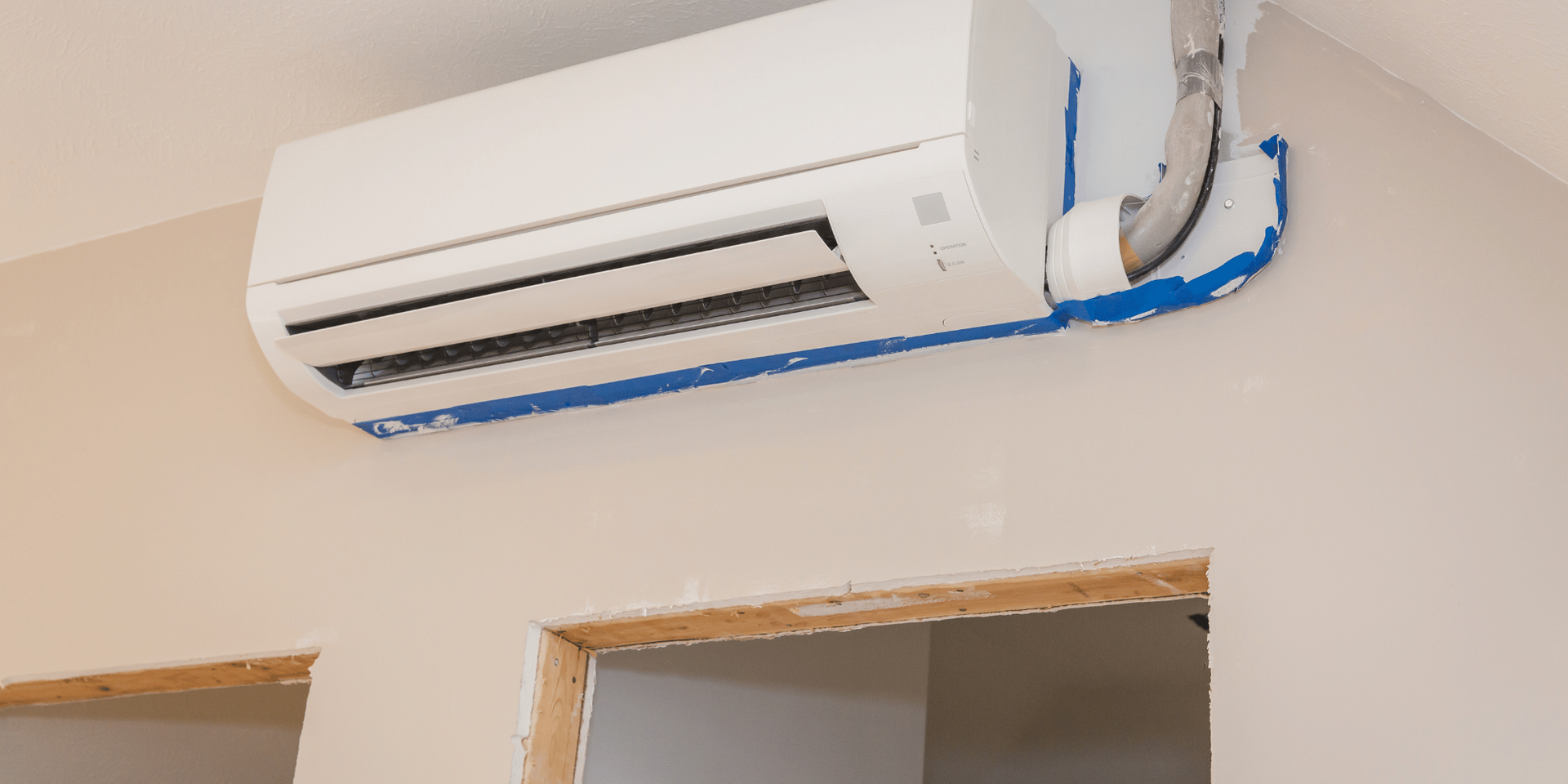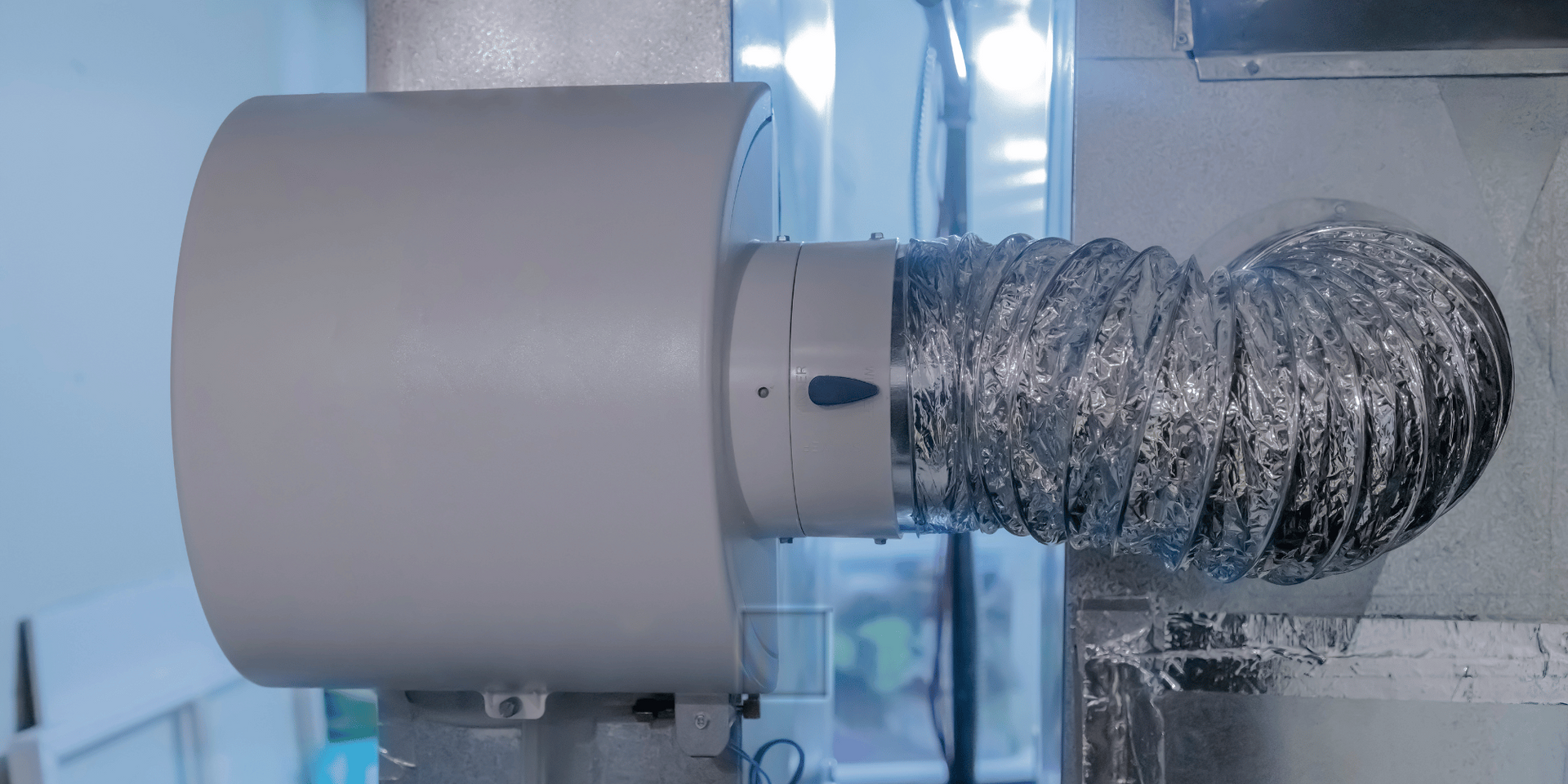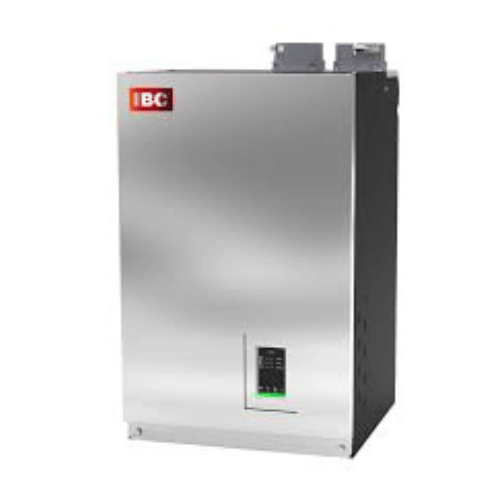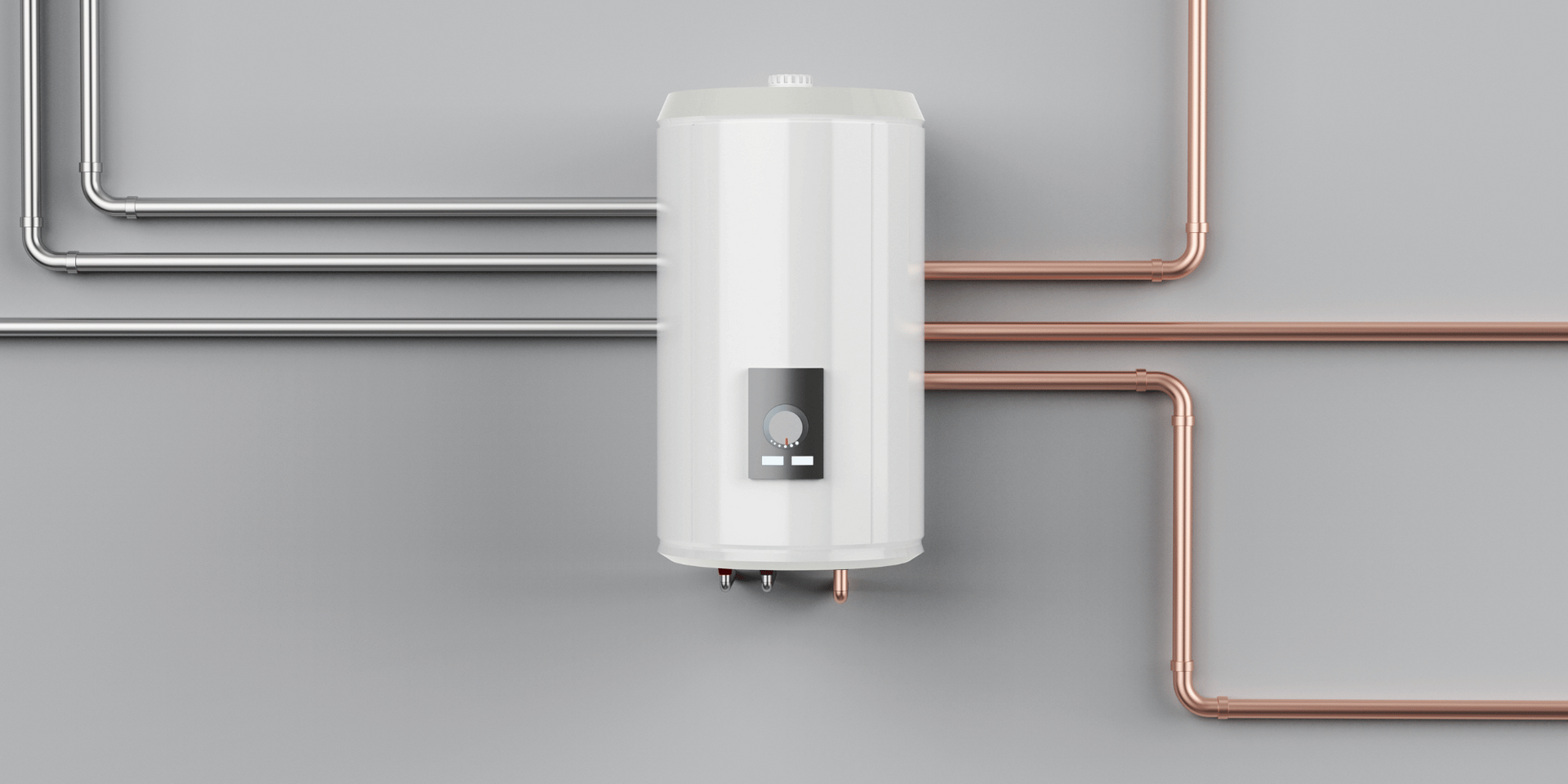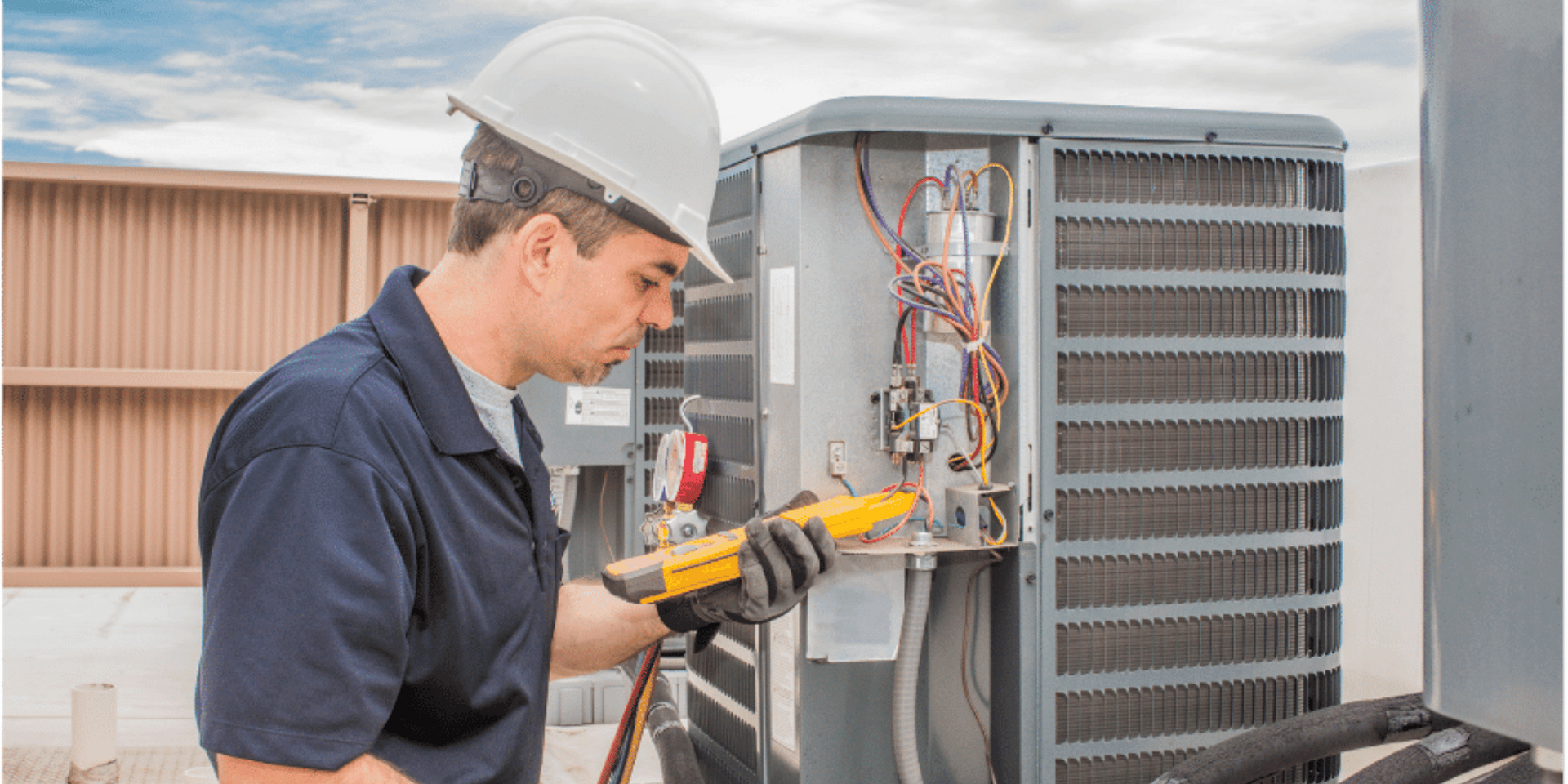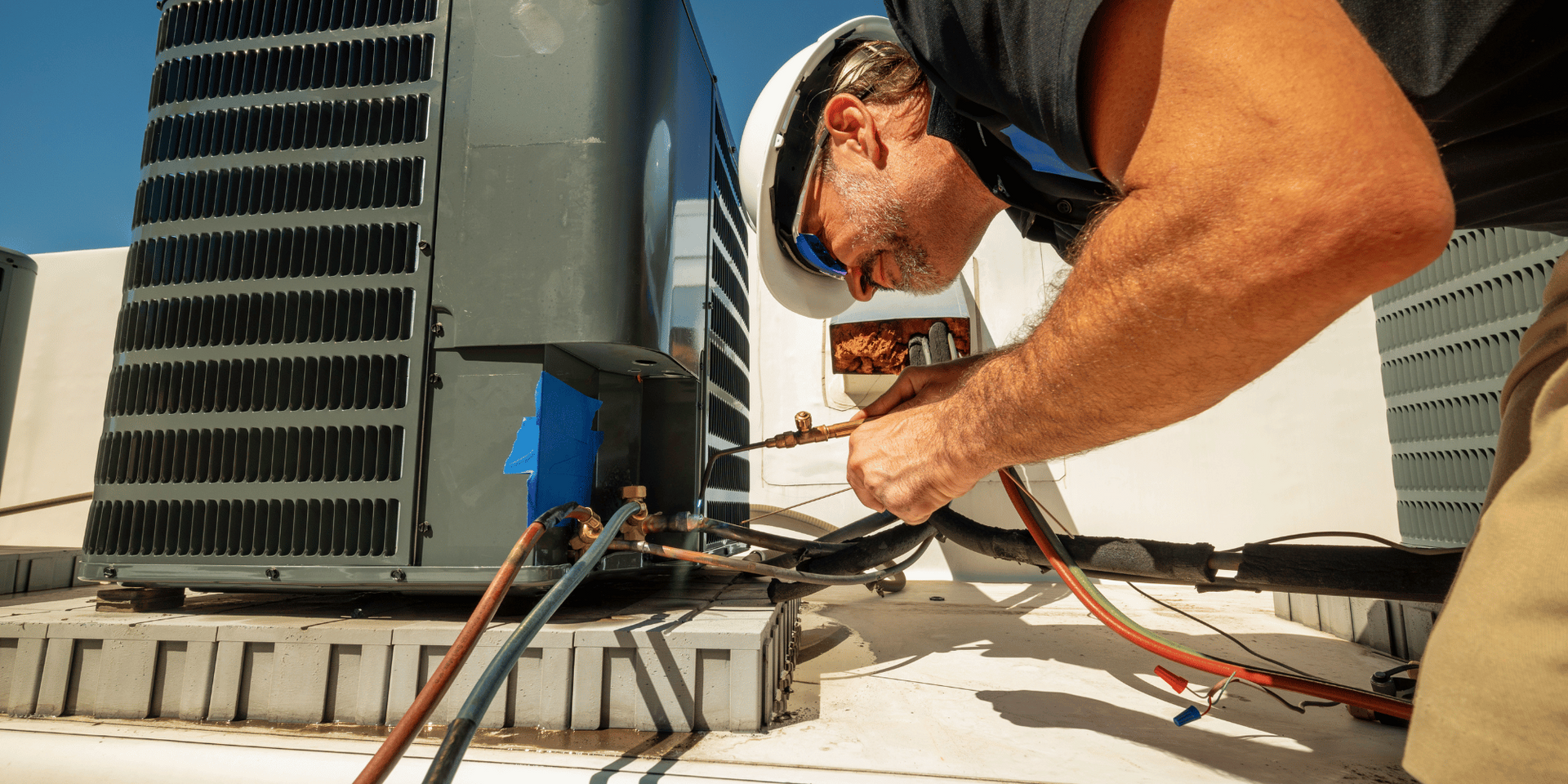How to Bleed Air Out of Pipes in a Boiler Radiant Heating System
How to Bleed Air Out of Pipes in a Boiler Radiant Heating System
A boiler radiant heating system is an efficient and comfortable way to heat your home. However, trapped air in the pipes can lead to cold spots, uneven temperatures, and reduced efficiency. Bleeding the air out of your system is essential for optimal performance and maintaining a comfortable indoor environment. This article will guide you through the process of bleeding air out of the pipes in your boiler radiant heating system.
Step 1: Gather the Necessary Tools
Before you begin, make sure you have the following tools on hand:
- Radiator key or flathead screwdriver
- Bucket or container to catch water
- Towels or rags for any potential spills
- Protective gloves
Step 2: Turn Off the Boiler and Allow It to Cool
For your safety, it's essential to turn off the boiler and allow it to cool before bleeding air from the pipes. This step will prevent any accidental burns from hot water and reduce the risk of damage to your heating system. Wait for the boiler and radiators to cool down completely before proceeding to the next step.
Step 3: Locate the Radiators and Bleed Valves
Identify all the radiators in your home and locate the bleed valves. These valves are typically found at the top of each radiator, either on the side or at the back. They may have a small square or round opening that requires a radiator key or a flathead screwdriver to open.
Step 4: Begin Bleeding the Radiators
Start with the radiator closest to the boiler and work your way through each one in the system. This method helps ensure that air is effectively removed from the entire heating system. Before opening the bleed valve, place a bucket or container beneath it to catch any water that may be released. It's also a good idea to have a towel or rag nearby to clean up any spills.
Step 5: Open the Bleed Valve
Put on your protective gloves and carefully insert the radiator key or screwdriver into the bleed valve. Slowly turn the valve counterclockwise to open it. You will likely hear a hissing sound as air escapes from the radiator. Be cautious during this step, as the air and water released may be hot.
Step 6: Close the Bleed Valve When Water Appears
Keep the bleed valve open until water starts to flow out steadily, indicating that the air has been expelled. Once water is flowing, close the valve by turning it clockwise until it is securely tightened. Be careful not to overtighten the valve, as this may cause damage.
Step 7: Repeat the Process for All Radiators
Follow steps 4 through 6 for each radiator in your home, working your way from the one closest to the boiler to the furthest away. This systematic approach helps ensure that air is removed from the entire system.
Step 8: Check the Boiler Pressure
After bleeding all the radiators, it's essential to check the boiler's pressure. If the pressure has dropped below the recommended level (usually indicated on the boiler's pressure gauge), you will need to refill the system with water. Refer to your boiler's instruction manual for specific guidance on refilling and adjusting the pressure.
Step 9: Restart the Boiler
Once the boiler pressure has been adjusted, turn the boiler back on and allow it to heat up. Check each radiator to ensure they are heating evenly and that no cold spots remain. If you still notice cold spots or uneven heating, repeat the bleeding process as necessary.
Conclusion
Bleeding air out of your boiler radiant heating system is a simple yet crucial maintenance task to ensure optimal performance and comfort in your home. By following these steps, you can effectively remove trapped air from the pipes and maintain a consistent temperature throughout your living space. Regularly checking your boiler's pressure and keeping an eye on the performance of your radiators will help you catch any potential issues early on and extend the lifespan of your heating system. With proper care and attention, your boiler radiant heating system will continue to provide warmth and comfort for years to come.
We're Listening | Get a free quote today!
Fry - Blog
We will get back to you as soon as possible.
Please try again later.




